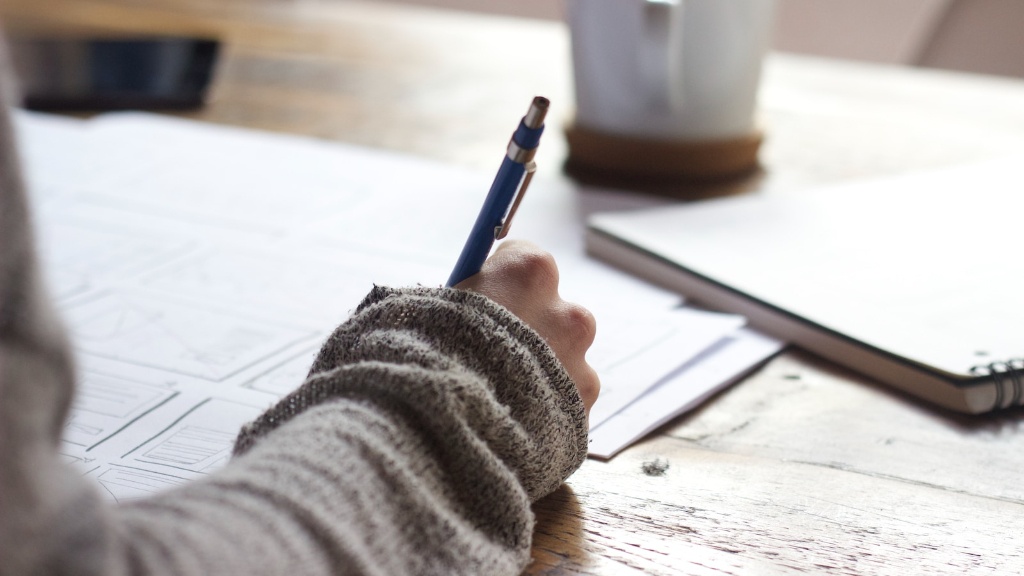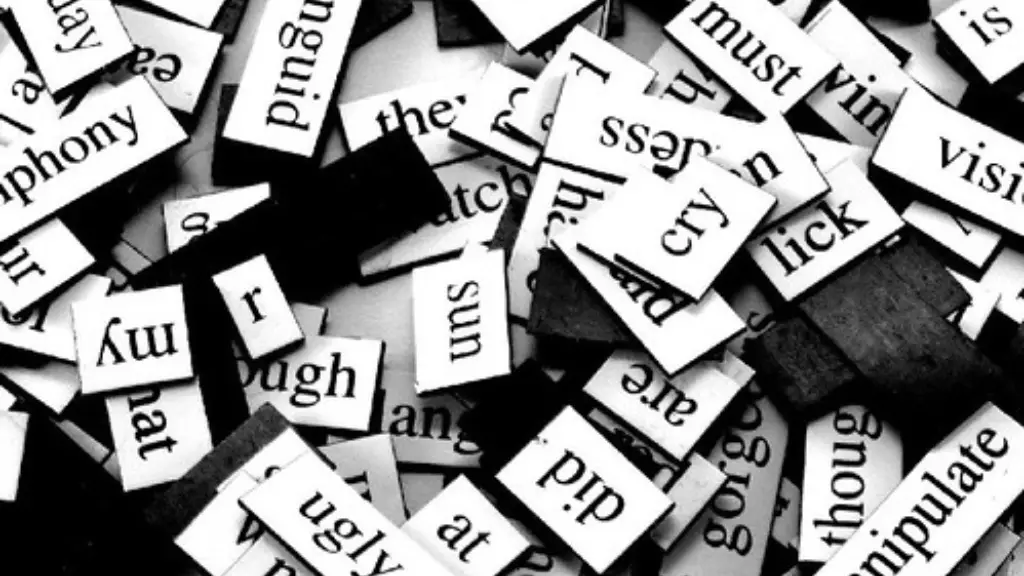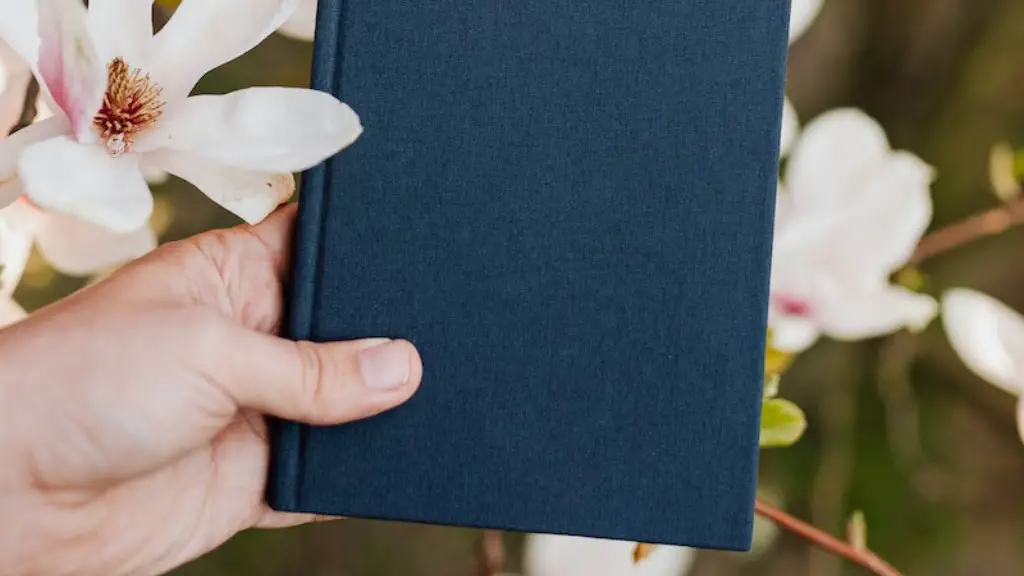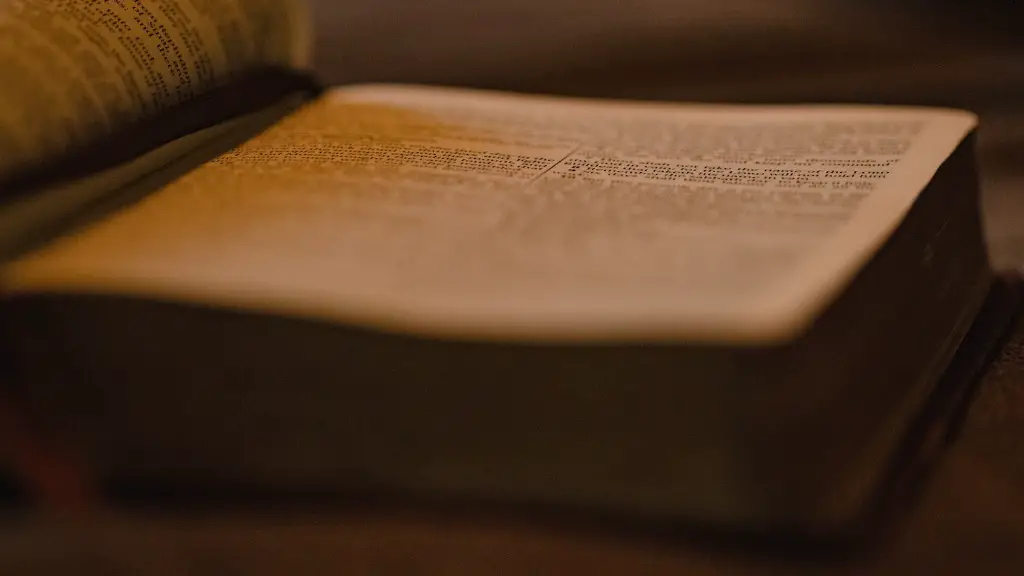Definition of Poetry
Poetry is an art form composed of words and sounds. It serves as a medium to express emotions, ideas, and stories. Poetry is deeply rooted in language and its structure, making it a powerful way to evoke imagery and emotion. In the simplest terms, poetry is organized language with the power to move and affect us deeply.
Elements of Poetry
The seven elements of poetry are devices used to convey meaning in a more impactful way. Each element enhances the poem and allows for creative expression.
Rhythm
Rhythm is the most fundamental element of poetry. It is created by a combination of the repetition of sounds and pauses between them. Rhythmic patterns can be used to create a certain mood or tone, as well as enhance the meaning of a poem. These patterns are also known as meter, and are often established through the use of stressed and unstressed syllables.
Imagery
Imagery is the descriptive language poets use to evoke sensory experience and imagery. Imagery allows poets to bring the poem to life and create an emotional response in the reader. Poets often employ metaphors, similes, and other figures of speech to create vivid language.
Syntax
Syntax is the arrangement of words used in a poem to convey meaning. It is closely related to grammar and sentence structure, but in poetry it serves more of a creative purpose. Poets often use unorthodox syntax to create an emotional impact.
Form
Form is the structure of a poem and includes patterns of rhyme, stanza length, meter, and line-breaks. Poets use form to control the flow of the poem and alter its meaning. Form also helps convey a mood, set a tone, and create a certain atmosphere for the poem.
Diction
Diction is the writer’s choice of words. A poet’s diction can have a subtle or profound effect on the overall meaning of the poem. A poet may choose to use simple language or informal speech, or they may use more formal language such as Latin or Greek.
Figures of Speech
Figures of speech are words or phrases that are used in a non-literal way to emphasize an idea or create imagery. Examples of figures of speech include metaphors, similes, personification, and alliteration. These figures of speech are often used in combination with other elements of poetry to create a more impactful effect.
Sound Devices
Sound devices refer to the use of vowel and consonant sounds and variations in pitch to create a desired effect. Examples of sound devices in poetry include alliteration, assonance, and onomatopoeia. Sound devices can be used to create a certain atmosphere, add emphasis to words, or create a pleasing harmony in the poem.
Rhyme and Meter
Rhyme is a pattern of words that share similar ending sounds. Rhyme is closely related to meter and is often used to create a more pleasing sound for the poem. Meter is a rhythmic pattern of stressed and unstressed syllables that helps create a consistent beat throughout the poem. These two elements can be used together to create a more enjoyable or impactful reading experience.
Significance of Poetry
Poetry is a powerful form of language that has been used throughout history to express ideas, emotions, and stories. Poetry can be used to evoke emotion, create vivid imagery, and convey powerful messages. Poetry is also a great way to teach language as it provides a structural framework for understanding and practicing language.
Interpretation of Poetry
Interpreting a poem can be a very subjective process, as different readers will have different interpretations of the meaning behind the poem. However, this process can often be made easier by closely analyzing the different elements of the poem. By looking closely at the rhythm, imagery, diction, and other elements of the poem, the reader will be able to gain a better understanding of the meaning behind the poem.
Writing Poetry
Writing poetry can be a great way to express emotions, share stories, and create something of meaning. When writing a poem, it is important to consider the seven elements of poetry. Each element can be used to enhance the poem and create a more vivid and meaningful experience.
Performance Poetry
Performance poetry is a form of poetry where the poem is performed. It can involve the poet speaking to an audience or performing the poem with music. Performance poetry is an effective way to create an emotional connection with the audience, as it allows for more creative expression than simply reading a poem.
Educational Poetry
Poetry can also be used as a tool for learning. Poems can be used to teach students about language, grammar, and writing. They can also be used to provide students with insight into different cultures and eras. Furthermore, poems can be used as a way to teach students how to think critically and express their own thoughts and feelings.
Conclusion of Poetry
Poetry is an ancient and powerful art form that has been used throughout history to express emotions, share stories, and convey powerful messages. It is composed of seven primary elements; rhythm, imagery, syntax, form, diction, figures of speech, and sound devices. Poetry can be written, read, interpreted, performed, and used as an educational tool. By utilizing the seven elements of poetry, a poet can create lasting works of art and evoke powerful feelings in their readers.




